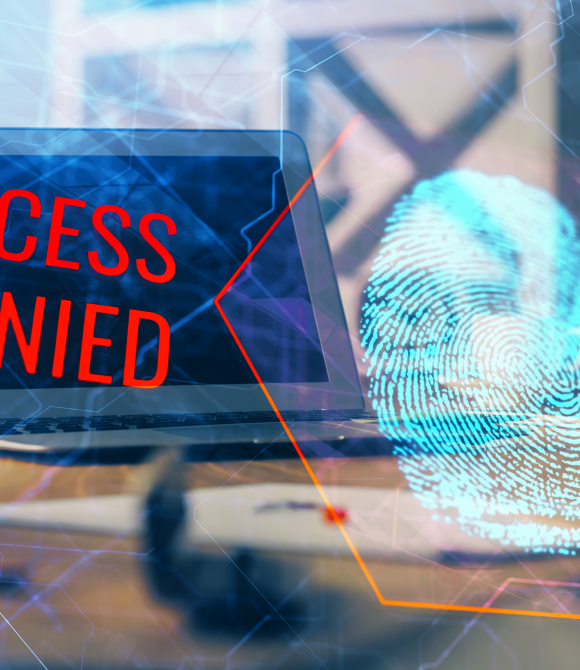

In today's rapidly advancing digital era, new security challenges emerge as digitalization
progresses. Cybersecurity holds vital importance for businesses, organizations, and
individuals. Here's why:
1-Data Protection: Safeguarding personal and sensitive data forms a crucial line of defense
against cyberattacks. Data breaches can lead to financial losses and reputational damage.
Preventing Service Disruptions: Cyberattacks can result in service disruptions and
operational breakdowns, adversely affecting customer satisfaction and business reputation.
2-Reducing Economic Losses: Cyberattacks can incur significant economic losses. Costs
associated with data recovery, reputation repair, and legal proceedings can escalate
rapidly.
3-Competitive Advantage: Having a secure digital infrastructure can set a business apart
from
its competitors. Security awareness enhances customer trust and provides a marketing
advantage.
Cybersecurity is a fundamental challenge faced by businesses and individuals in the digital
age. Therefore, implementing security measures and raising security awareness are essential
requirements in today's digital world.

